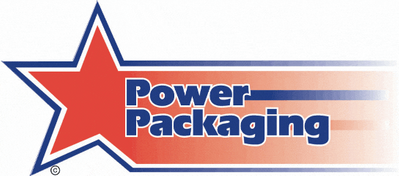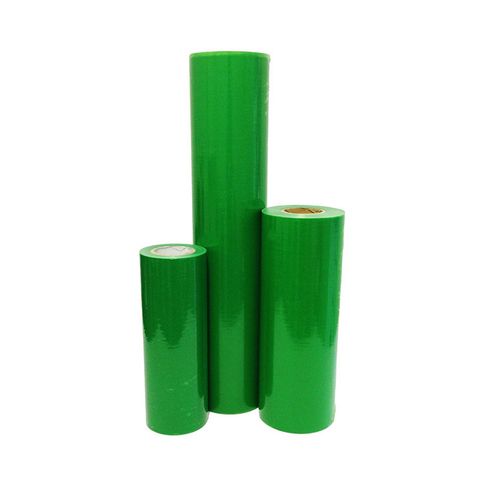Protection Film

Protection films serve as a reliable shield, safeguarding various surfaces from potential damage, contamination, and wear. Crafted from durable materials like polyethylene (PE) or Polyvinyl chloride (PVC), these films offer versatile protection for a wide array of applications.
Key Features:
-
Versatility: Protection films find utility across diverse surfaces, ensuring longevity and maintaining aesthetics.
-
Material Composition:
- Polyethylene (PE): Known for its flexibility and resistance to abrasions, PE-based films are commonly used.
- Polyvinyl chloride (PVC): PVC films provide robust protection against scratches, UV radiation, and moisture.
Product Variants:
-
Green 70mic Protection Film:
- Thickness: 70 microns
- Color: Translucent green
- Ideal for: Aluminium window and door trade
- Applications: Masking, peeling, temporary protection during construction and renovations
-
Orange 70mic High Tack Protection Film:
- Thickness: 70 microns
- Color: Translucent orange
- Purpose: Specifically designed for two-pack finishes during spraying
- Enhanced tack: Higher coat weight of adhesive for strong adhesion to plastic, vinyl, and veneer surfaces
Protection Film: Applications and Benefits
Protection films are versatile solutions used to safeguard a variety of surfaces including glass, windows, aluminum, laminate, and timber. These films are crafted from durable materials like polyethylene (PE) or polyvinyl chloride (PVC) and offer an effective barrier against scratches, dust, and other potential damages.
Key Applications of Protection Film
-
Glass and Windows
Protection films for glass and windows provide an additional layer of security, reducing the risk of shattering upon impact. These films help hold glass fragments together, minimizing injury from broken glass in events like storms or forced entry attempts. Additionally, they can offer UV protection and glare reduction, making them ideal for both residential and commercial settings. -
Aluminum Surfaces
For aluminum, protection films prevent scratches and abrasions during transportation and installation. These films maintain the pristine appearance of aluminum surfaces, which is particularly beneficial in the automotive and construction industries where aesthetics are crucial. -
Laminate and Timber
Laminate and timber surfaces benefit from protection films by safeguarding against moisture, dust, and handling damage. In flooring and furniture, these films act as a shield during construction or remodeling, ensuring the materials stay clean and free from damage.
Benefits of Protection Films
-
Durability and Resistance: Protection films are designed to withstand environmental stressors, including weather impacts, UV exposure, and physical abrasion, which extends the lifespan of the protected surfaces.
-
Versatility: Available in various types tailored for different materials, protection films can be custom-cut to fit specific dimensions, making them a versatile choice for many applications.
-
Cost-Effective: By preventing damage to expensive surfaces, protection films help reduce repair and replacement costs. They are easy to apply and remove, leaving no residue, which makes them a practical solution for temporary protection needs.
-
Enhancing Security: In addition to protecting surfaces, certain types of protection films also enhance security by reinforcing glass and making it more difficult for intruders to gain entry through windows.
How to Use Protection Films
Applying protection films is straightforward, typically involving cleaning the surface, cutting the film to size, and applying it with a squeegee or similar tool. For optimal performance, particularly in high-security applications, anchoring systems can be used to secure the film to the frame, providing enhanced impact resistance.


